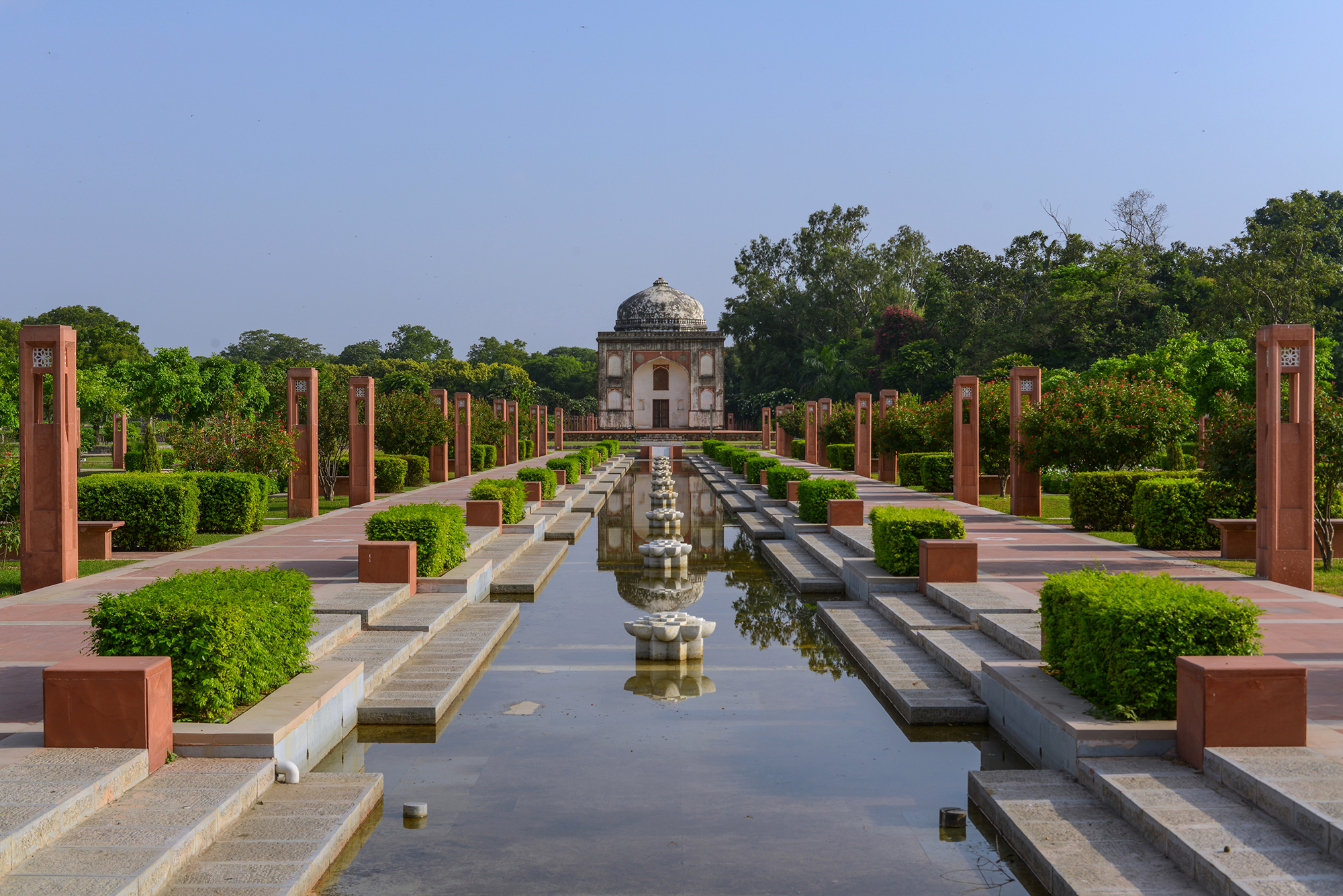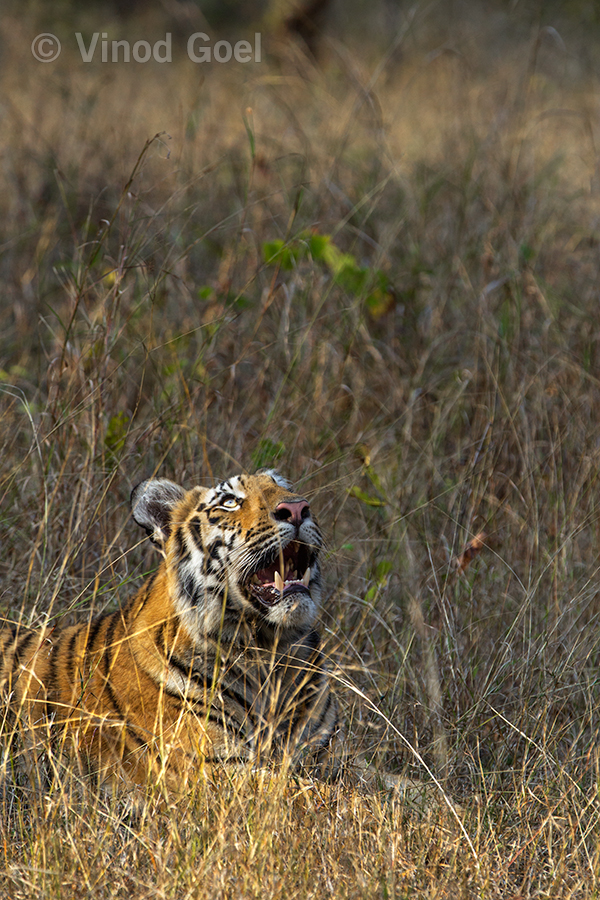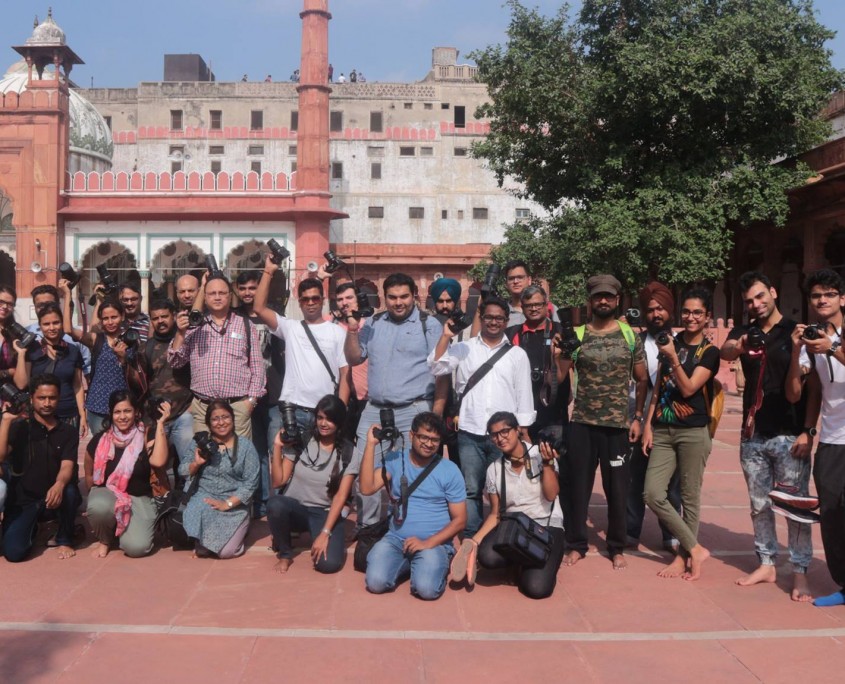Ramadaan Heritage Photowalk: Firoz Shah Kotla 16th June
DPC announces Ramadaan Heritage Photowalk: Firoz Shah Kotla on 16th June
Feroz Shah Kotla is located near Bahadur Shah Zafar Marg in between New Delhi and Old Delhi. In 1354, Sultan Feroz Shah Tughlaq established Ferozabad and Feroz Shah. Kotla is the core of that extensive city. Historian Shams Siraj Afif, who lived during Feroz Shah’s reign, described the city as very well and distantly established. In the north the buildings of the city stretched from Northern Ridge ( today known as Pir Ghaib). To the south the city extended to the site now marked by the Purana Qila or Old Fort. According to him the population of the city at that was around 1,50,000.
As compared to the earlier sites of substantial settlement in Delhi which had been further south only – Lal Kot/Qila Rai Pithora (now the area around the Qutub Minar), Siri a little to its north-east, and Tughlaqabad in the hills to the south-east, Ferozabad was much further north than these three early settlements, it was also the first of the capitals to be built on the bank of the river Yamuna.
Feroz Shah Kotla was the grand and opulent royal citadel of the city. Visitors, invaders like Timur and contemporary chroniclers have given glowing descriptions of its buildings. Unfortunately most of its priceless stones and gilded and painted features have extinct today. Later on, materials for the construction of cities like Din Panah and Shergarh in the south and Shahjahanabad in the north were plundered from here.
Capture the history in your camera in this walk with us.
How to reach there:

To Register please check www.delhiphotographyclub.com/register






















